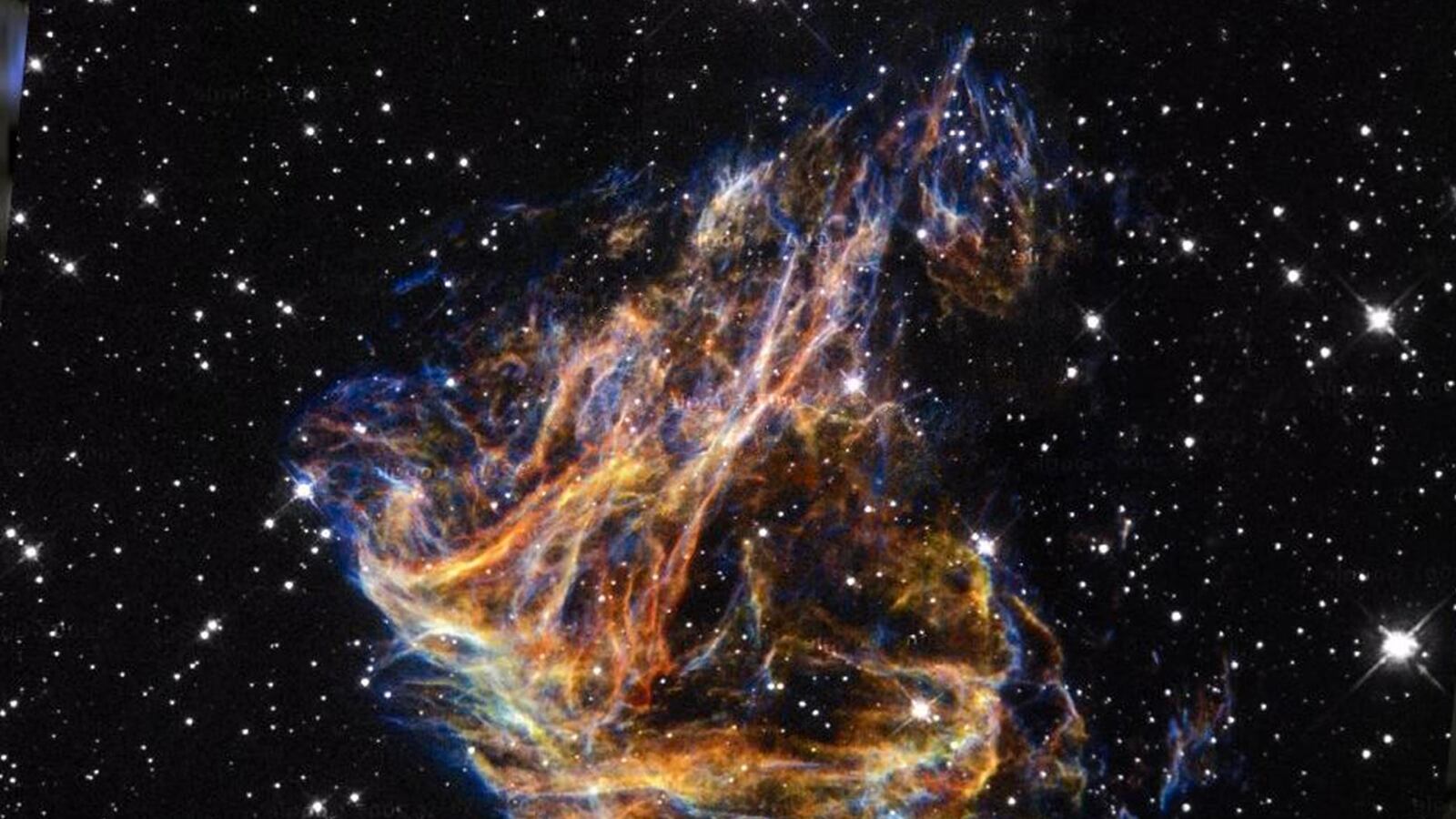The observable Universe contains 100 billion galaxies, give or take (not that we’ve mapped all of them, not least since many of them are too far for reliable imaging). Many astronomical projects are dedicated to the task of placing as many galaxies as possible in the atlas, to complete our understanding of the history and evolution of the cosmos.

But there’s a complementary task as well: understanding the variety of galaxies in themselves. If galaxy mapping is like doing a population map, the complementary study is like a demographic survey. Galaxies are products of their location in the cosmos, but also of their individual histories and local environments. Any galaxy we observe is the product of its dark matter, the gas and dust inside it, the age and types of its stars, and the history of any smaller galaxies that merged to create it.
Galactic demographic work is the mission of the Sydney-Anglo-Australian Observatory Multi-Object Integral field spectrograph, blessedly abbreviated as SAMI. The instrument is attached to the Anglo-Australian Telescope at the Siding Spring Observatory, northwest of Sydney, Australia. (The site was recently threatened by bushfires, a frightening prospect for astronomers.) Data from 107 galaxies out of the preliminary sample is freely available to the astronomical community for study. (You can download it, but be warned: it won’t be particularly interesting unless you know what you’re doing with it.)
The beautiful images we all love are only part of the scientific study of galaxies, and not the most important part. To understand the structure of a galaxy, researchers need to determine the chemical make-up of its gas and dust, the types of stars it contains, how it rotates, and other details. That requires measuring the galaxy’s spectrum, which is the amount of light it emits at different wavelengths.
Different wavelengths correspond to different colors, though most of those colors are beyond visible light, and the instruments astronomers use don’t “see” color the same way we do. For SAMI, researchers collect light in two channels: one roughly corresponding to red light, the other channel to green, blue, and violet. There’s a small color-blind spot between those channels, but that doesn’t stop from picking up a lot of the wavelengths it needs for star populations and other important galactic properties.
Each type of atom and molecule has its own unique spectrum, according to the rules of quantum mechanics. Stars also have distinctive spectra, determined by their temperature, size, and, to a lesser degree, their chemistry. Galaxies appear very small even in the most powerful telescopes, so astronomers often can’t pick out individual stars or nebulas. However, the total spectrum produced by all the different stars and clouds of gas still gives us a handle on the chemical composition and structure of a galaxy.
SAMI consists of 13 bundles of fiber-optic cables, each containing 60 or more fibers in what the researchers call “hexabundles.” Each hexabundle is kind of like a bug’s compound eye, but instead of images from each eye facet, each fiber measures a spectrum. Whereas a typical galactic survey telescope would dedicate one fiber to each galaxy, SAMI can point one hexabundle at the same galaxy. The result is a mosaic of spectra, covering up to 60 different regions.
Astronomers are particularly interested in the motion of stars and gas inside galaxies. That’s measured using the Doppler effect: as objects move toward or away from us, their spectrum gets shifted in accordance with their speed. And that’s where SAMI excels: while the spectrum of the whole galaxy is very useful, we need spectra from various parts to see exactly how everything fits together.
For example, the first sample of galaxies SAMI included two exhibiting galactic “winds”: high-speed flows of particles streaming from their centers. Observations of this sort help are useful for establishing how many galaxies have such winds—something we don’t have a good handle on—and also for finding targets for more in-depth follow-up study.
The history of a galaxy is also encoded in the dynamics of its stars. If a large galaxy is the product of merging smaller galaxies, then a significant fraction of its stars will orbit the galactic center chaotically. By contrast, a calmer birth would result in more regular star orbits.
The hexabundle method has its limits, especially compared with large studies such as the Baryon Oscillation Spectroscopic Survey (BOSS), which can handle millions of galaxies. SAMI is limited to studying galaxies relatively close to the Milky Way, but that’s still a significant number.
From just 64 nights of operation, the SAMI team measured spectra from roughly 1,000 galaxies, with the ultimate goal of studying about 3,400 galaxies total over the next two years. Much of the early work has been dedicated to demonstrating that the hexabundle technique works. With that task accomplished, the SAMI team can get to work on the task of galactic demographics in earnest.






